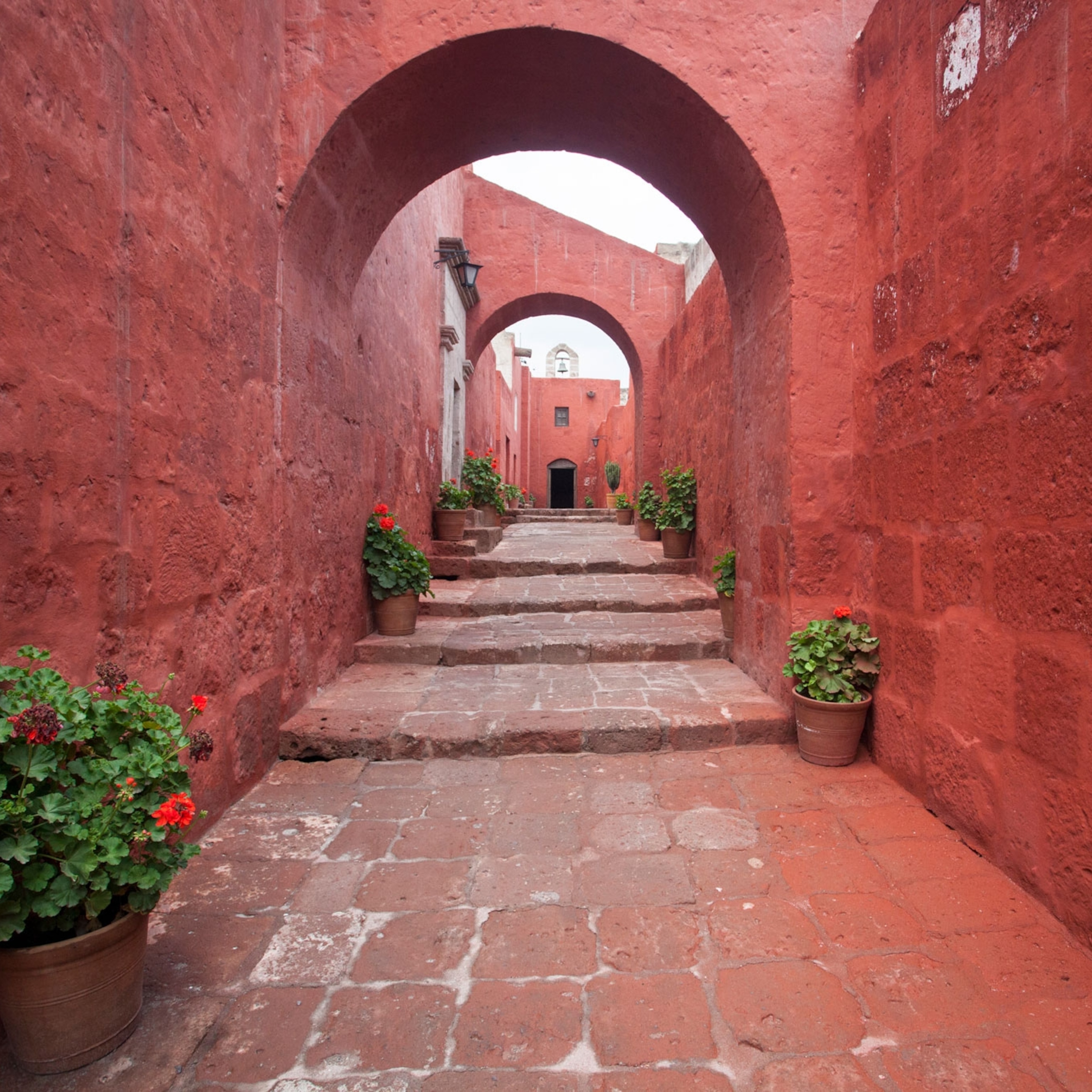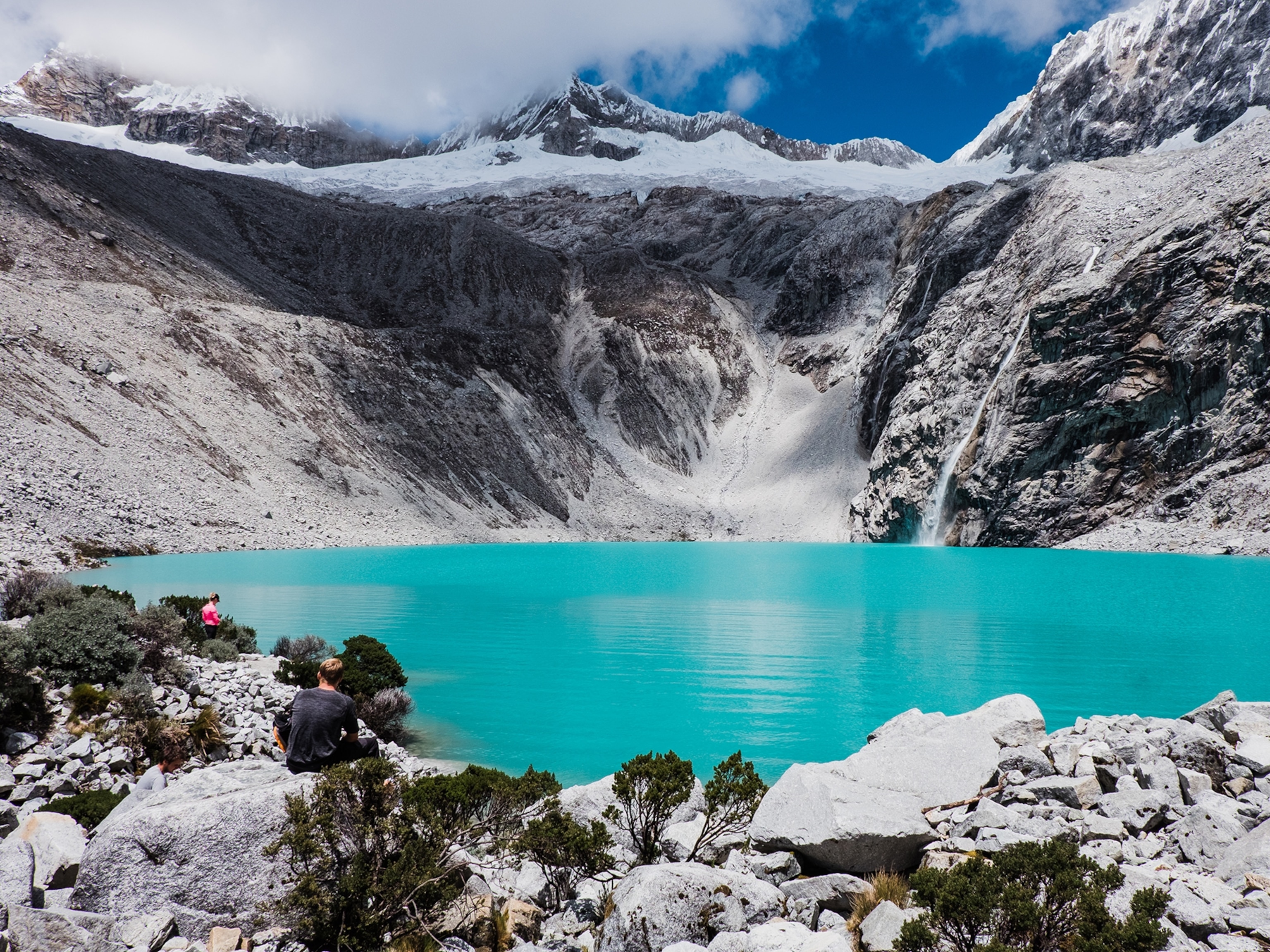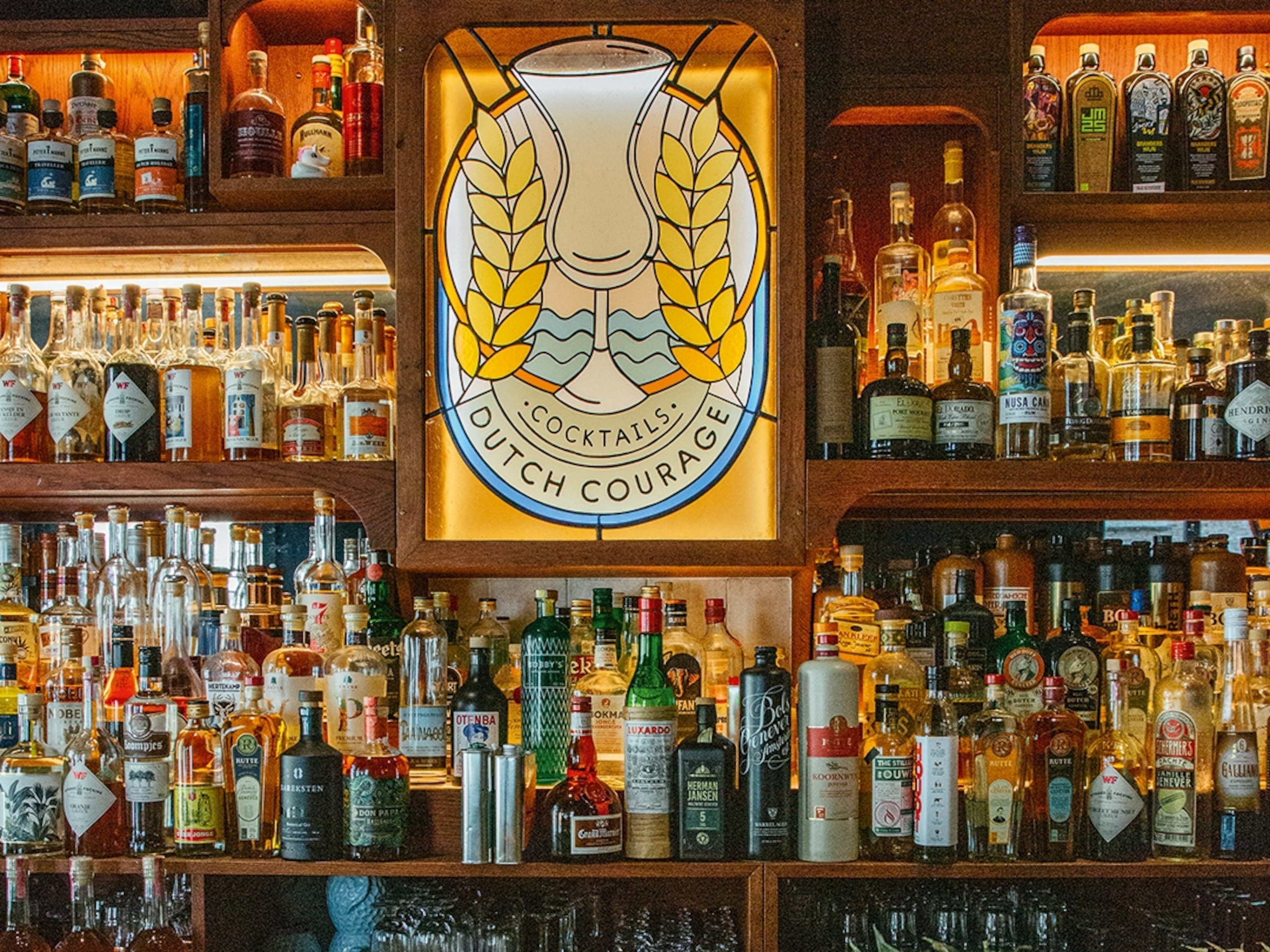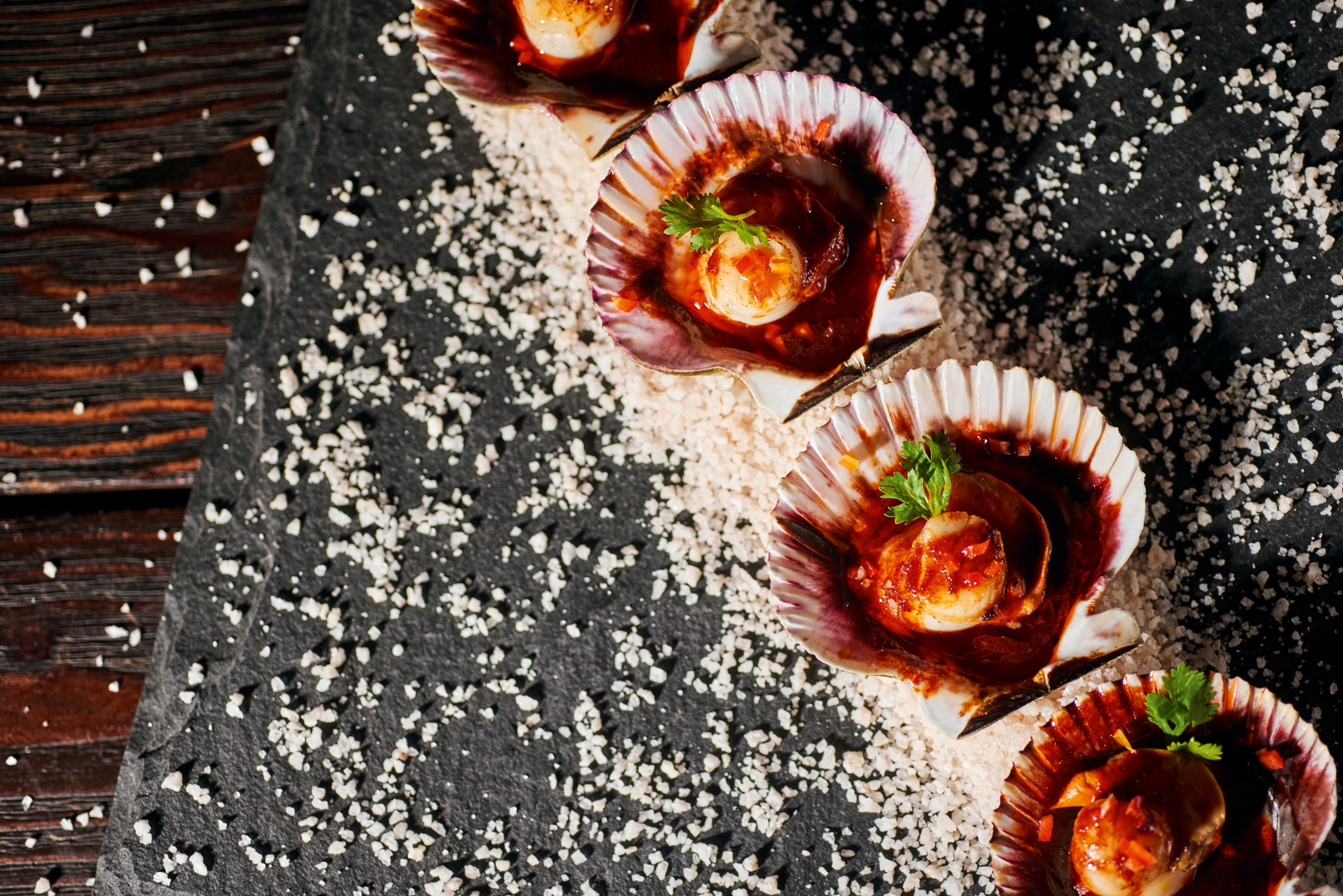
Fed by Peru: Ingredients that have helped shape Lima’s gastronomy
A combination of classic ingredients and culinary genius have helped birth Peru’s gastronomic masterpieces.
Peru is a land with a peerless blend of foods and flavors, and home to one of the world’s great cuisines. The country has been fed by the Andes, the Amazon and its outstanding biodiversity, blessing Peruvians with ingredients to create some of the most eclectic, delectable and unique dishes on Earth.
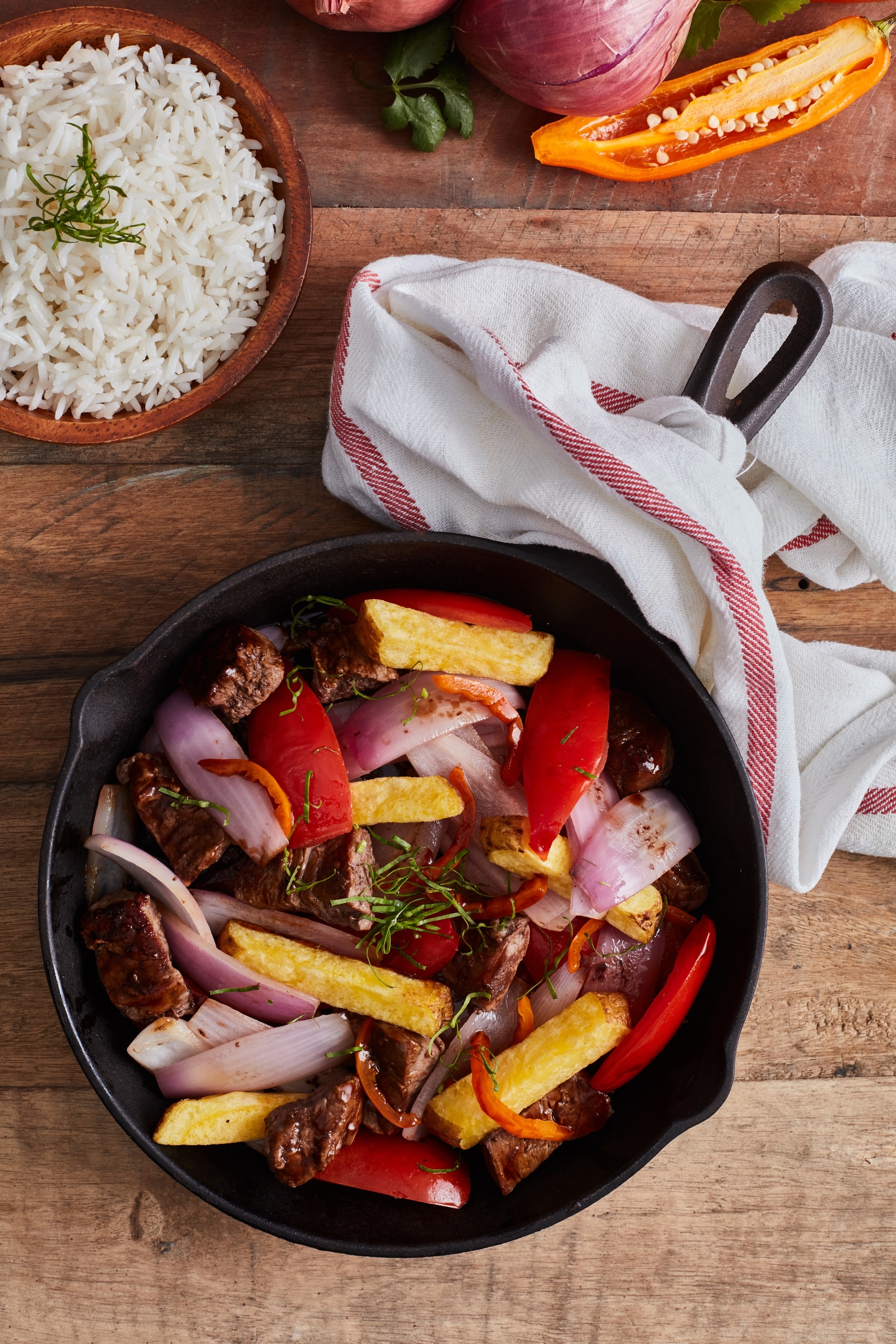
In fact, Peru’s restaurants regularly make global top 50 lists, with Lima’s Central ranked as the world’s number two restaurant in 2022. Avid, dedicated food pilgrims can traverse Lima’s multitude of food spots, going from restaurant to restaurant to savor the country’s culinary marvels.
The success of Peru’s cuisine belongs in part to the restless innovation and imagination of its chefs, but also to the indigenous ingredients that form the base of their gastronomic inventiveness.
Peruvian ají
Ají is a word in Peruvian Spanish that translates as chili pepper. Although these special chillies have flown under the international radar for centuries, they are a staple in some of Peru’s most iconic dishes. One of the places you can source ají from is the Peruvian Andes. The chilis have phenomenal range and versatility, and, when combined with garlic and red onions, become a go-to ingredient in modern Peruvian gastronomy.
Chef’s usually use fresh ají, but the chilis can also be dried and crushed, or even made into a paste.
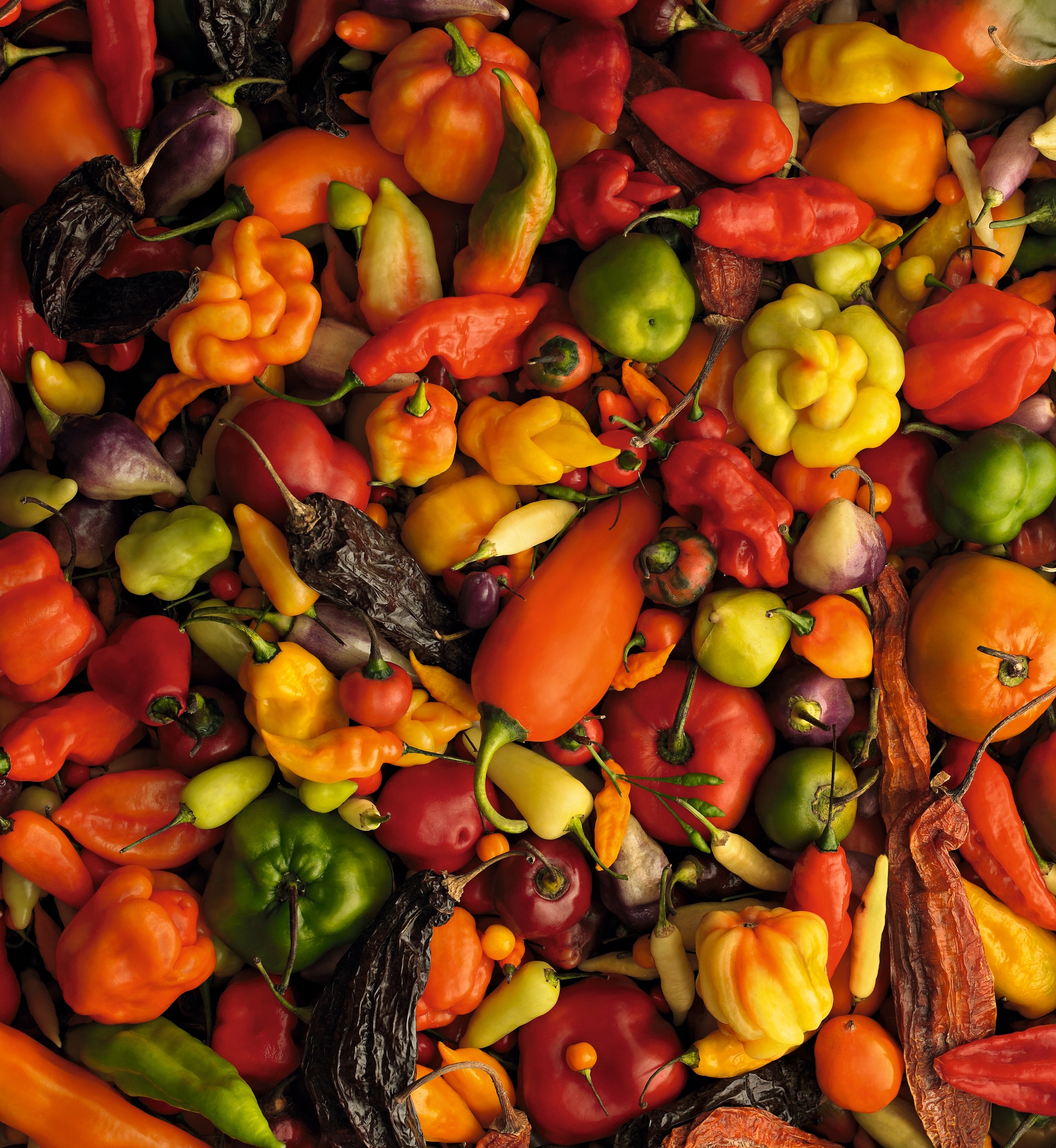
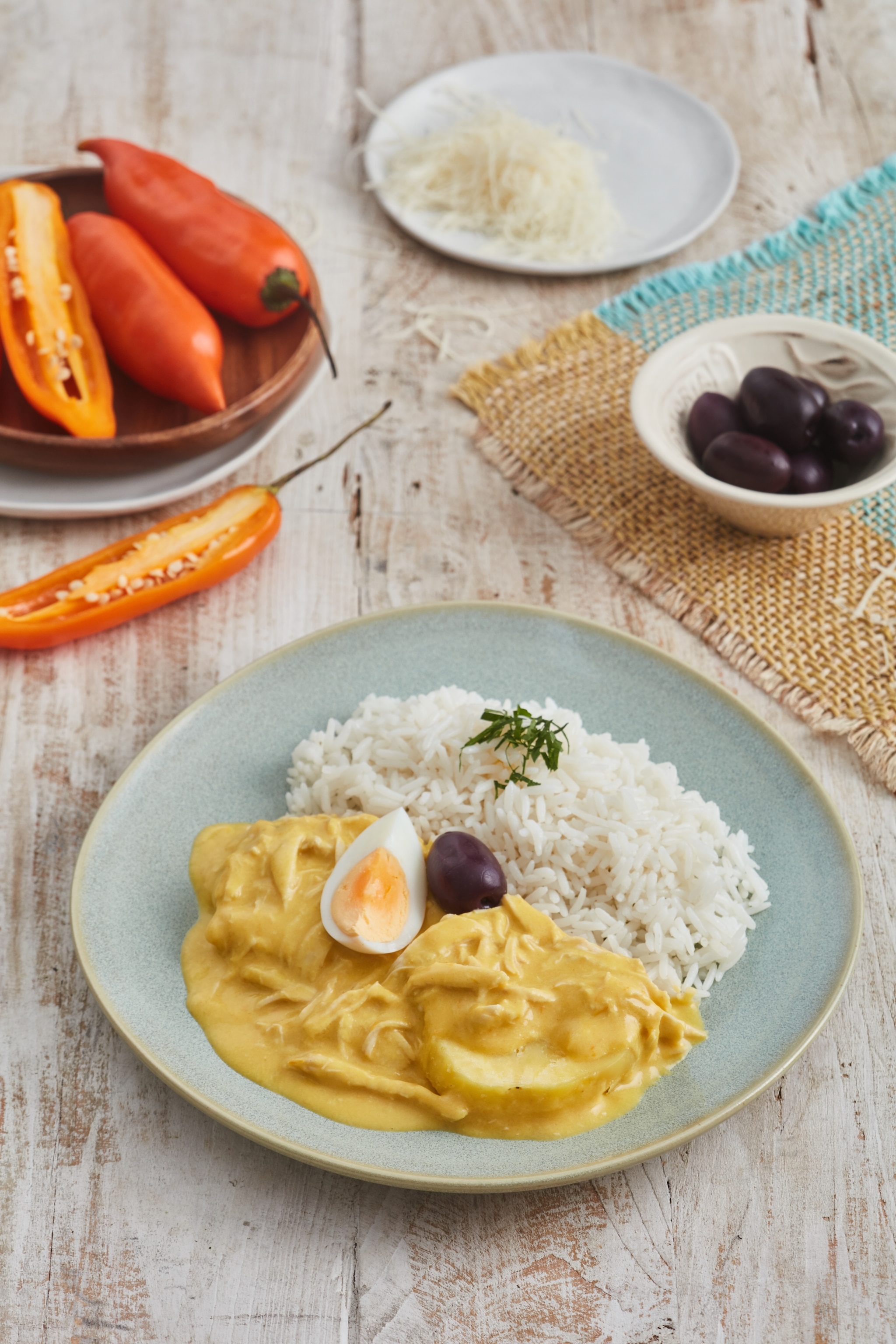
No two ají are the same, each sports its own distinctive flavor profile. For instance, ají amarillo is a bright yellow pepper with a medium level of heat that is fruity and sweet, making it ideal for stews and marinades; whereas ají panca is maroon with a mild, smoky flavor, transforming meat dishes with its earthy tones.
Ají are used in a range of Peruvian dishes and feature in the recipes of some of Peru’s most prestigious restaurants. Diners can enjoy ají amarillo with zapallos (squash puree) followed by sea bass with ají charapita at the award-winning Mayta in Lima.
Corvina
Before corvina (white sea bass) is served on a foodie’s plate, the fish is caught in shallow coastal waters along the Pacific coast, from Chile to Peru.
Its muted silver coloring is unassuming, but the fish is extremely versatile and can be broiled, fried, baked and more, making it a go to in traditional stews and soups.
In modern times, corvina has gained notoriety among chefs and seafood enthusiasts alike, its utility compelling Lima’s restaurants to experiment with it in their dishes – like chef Pia Leon at Kjolle and her standout starter of corvina and clams.
Moreover, corvina’s mild flavor allows it to fit swimmingly in Peru’s most emblematic dish ceviche, fish marinated in citrus juice. The acidity of the juice effectively ‘cooks’ the fish, and the corvina’s firm, flaky texture elevates the dish.
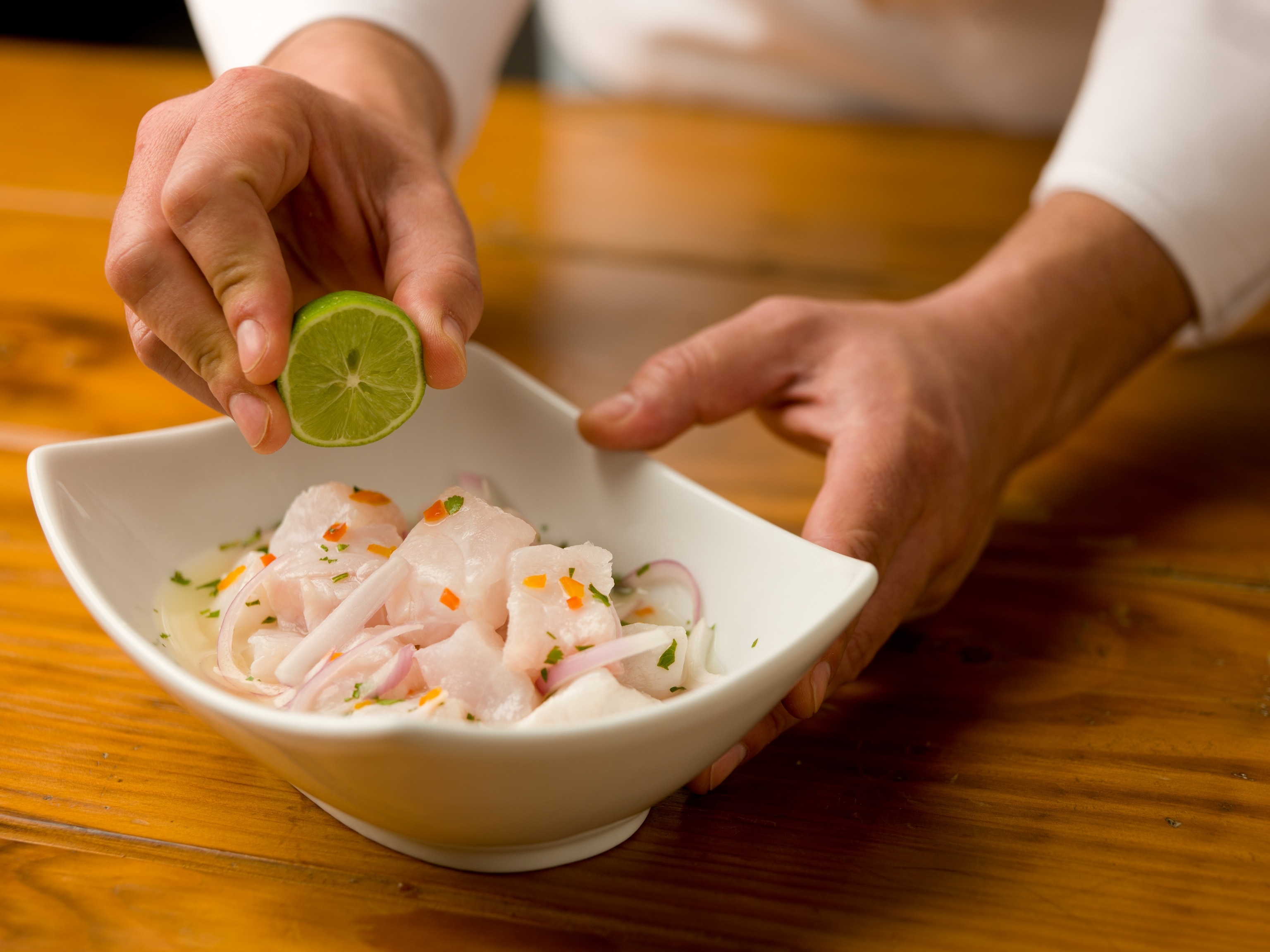
Zapallo loche
If you journey deep into the Lambayeque region on the northern coast, you’ll stumble across this gem of a fruit. The zapallo loche is a medium-sized squash with a dark, bluish-green skin that reflects the landscape in which it grows–distinct in shape and rich in color.
To taste this fruit is to savor the rich heritage of Peruvian cuisine. Both its skin and golden yellow flesh are edible and have been used across the ages in stews, soups and empanadas (baked, filled pastry parcels), thanks to its sweet and nutty flavor and high nutritional content (zapallo loche is full of vitamin A, C and fiber).
Kjolle, a leading Lima restaurant, serves zapallo loche with shrimp and bitter orange, while one of Mayta’s specialities is duck with zapallo loche – showcasing the versatility of the squash.
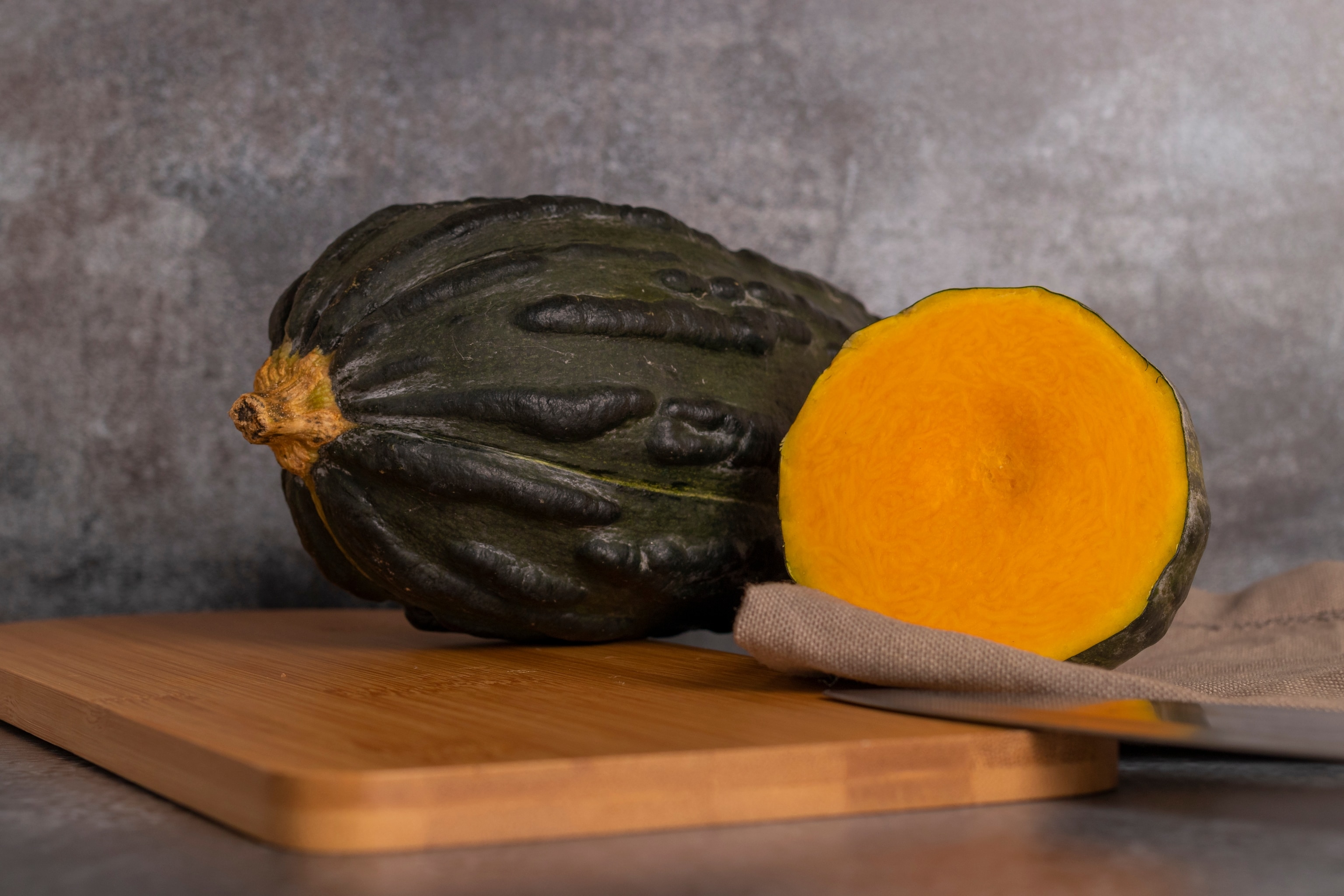
Pisco
The land of Peru has not only blessed its citizens with mouthwatering food, but also with beverages. The alcoholic drink pisco can trace its origins back to the Spanish colonial period and it has been a notable part of Peruvian heritage ever since.
Pisco’s flavor is as layered as its history. It is made from eight different grape varieties, all grown and harvested in Peru’s coastal valley, before being pressed, fermented and distilled in copper pots, which give it its signature flavor.
Perhaps the most renowned pisco-based drink is the pisco sour. Comprised of pisco, an egg white, lemon or lime juice, Angostura bitters and syrup, it’s a sweet and sour cocktail that has captivated tastebuds globally.
Beyond the pisco sour, there are multiple pisco-based drinks, including mosto verde, which is fresh and fruity and made from partially fermented grape juice, and the maracuya sour, a sweet and aromatic cocktail of passionfruit and pisco.
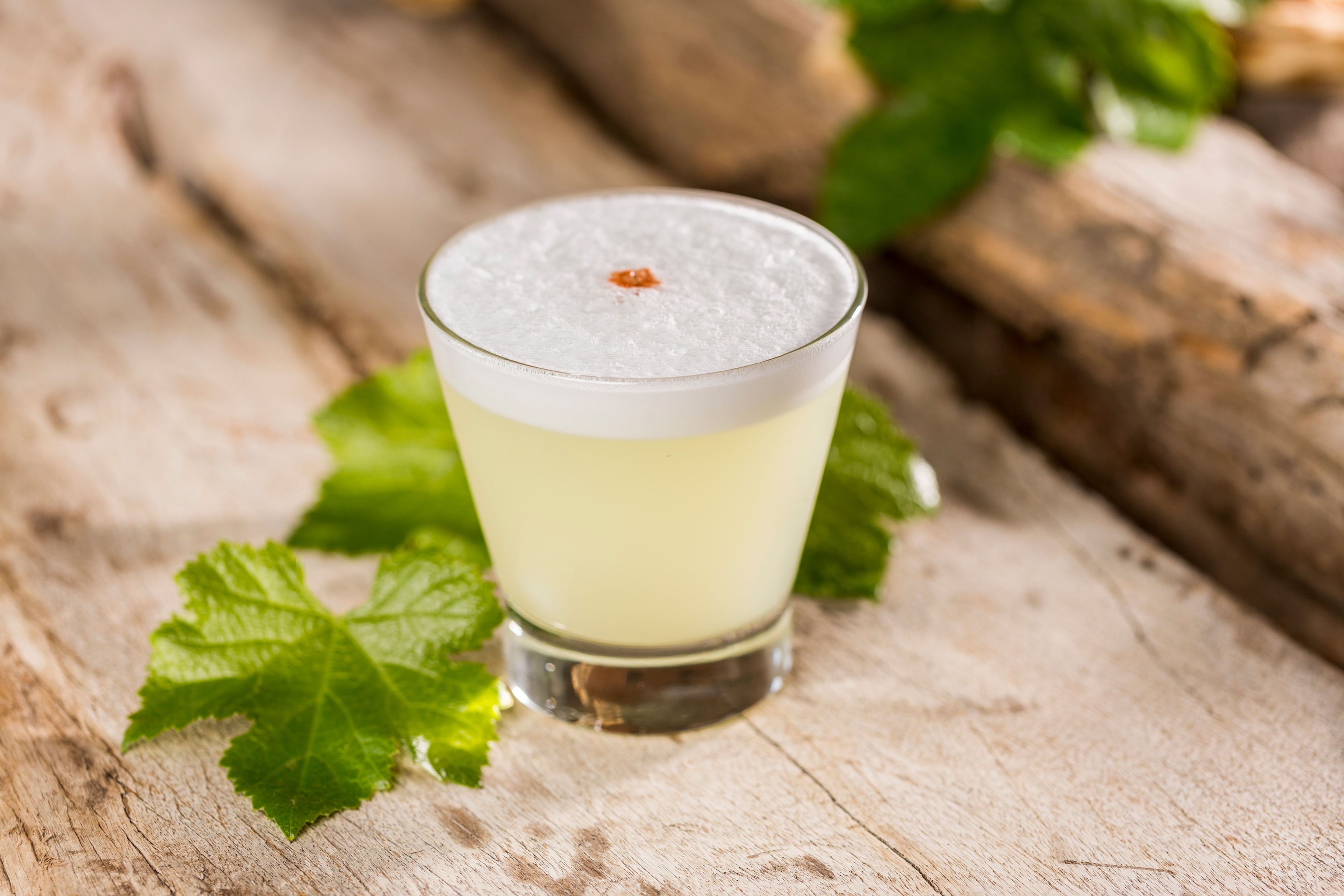
Potatoes and quinoa
Potatoes have lived in western culinary memory for centuries, whereas quinoa has only appeared on western plates more recently. The vegetable and grain, though appearing dissimilar, are united by their source – the Peruvian Andes. In fact, history indicates that both grew around the same lake, Lake Titicaca, the second largest in South America.
Long before the potato became a staple in Europe, the versatile vegetable was being enjoyed in ancient Peru. Dubbed Inca gold, its great shelf life and nutritional value accelerated its domestication. The Inca didn’t just use potatoes for food, but practiced using them to ease childbirth and treat injuries. The spud is still a shining side dish on modern menus, served in the café at Museo Larco with aji de gallina, a classic Peruvian dish of ají peppers, chicken, and a cream sauce.
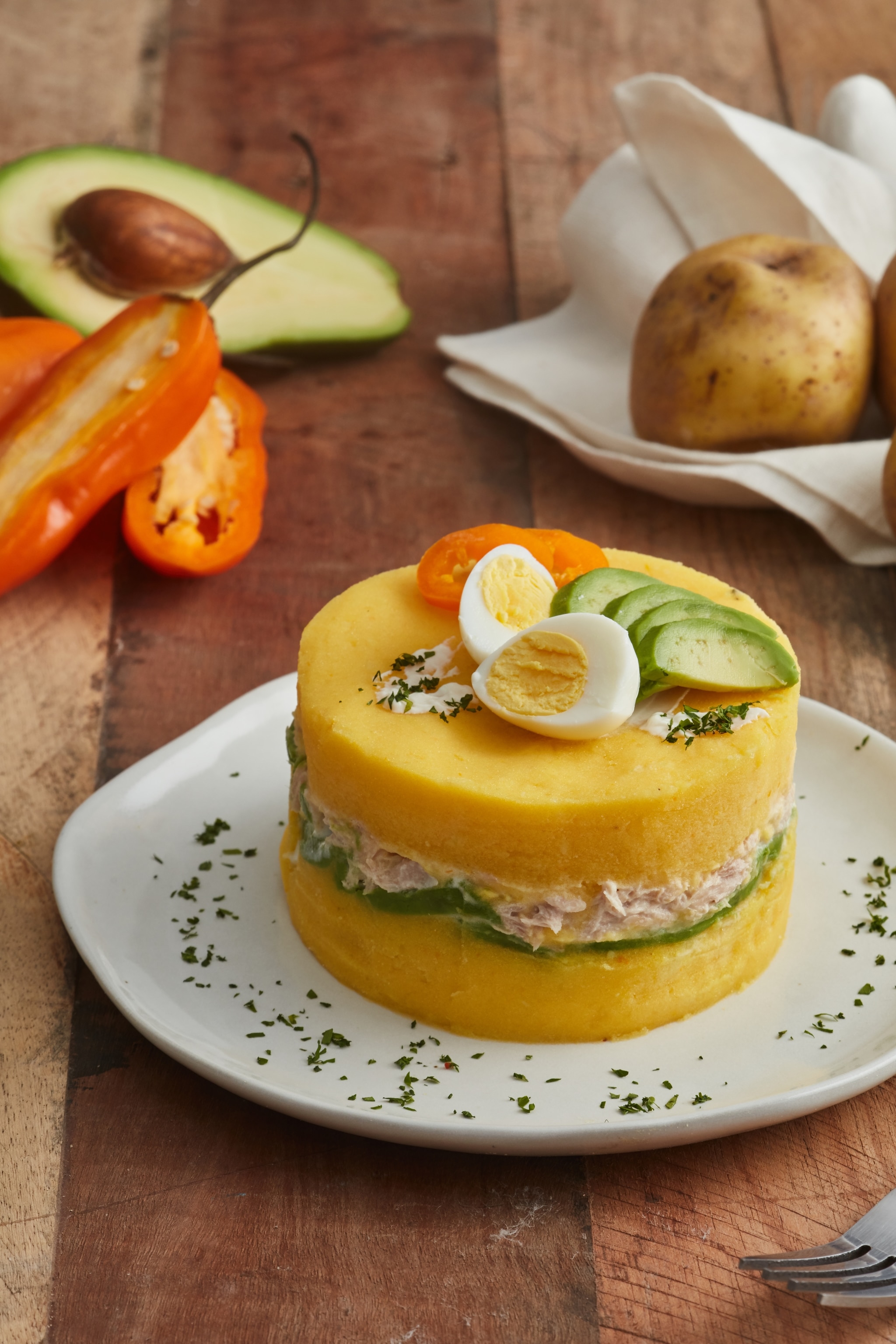

When investigating burial grounds across different regions of Peru, archaeologists have found quinoa as food offerings for the dead, signifying the native population’s long standing relationship with the grain. Today, although the pseudocereal can be found worldwide, it is perhaps best enjoyed in its country of origin. The restaurant Huaca Pucllana serves a refreshing quinoa bowl that includes roast tomatoes, avocado and queso fresco, a fresh cow’s milk cheese.
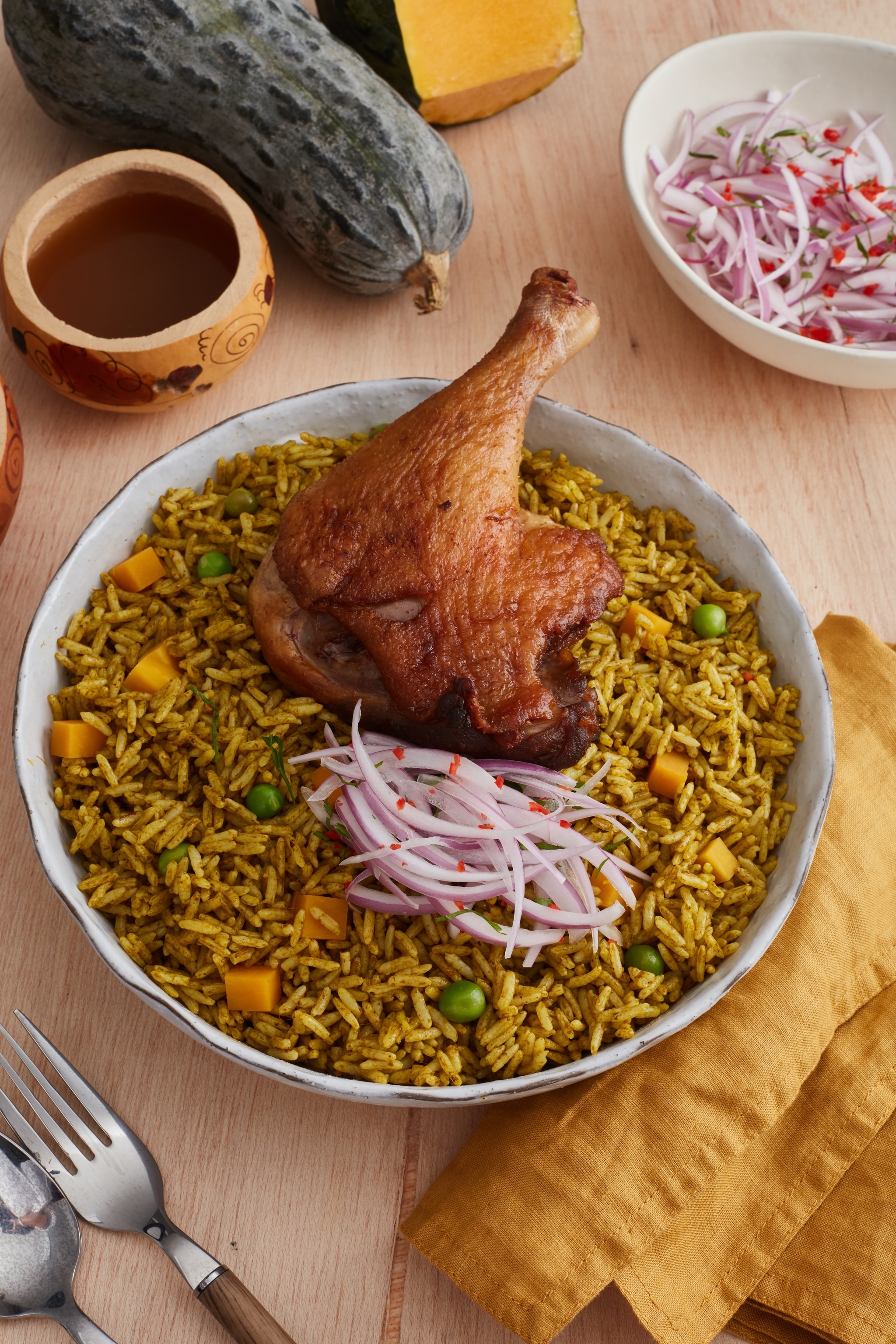
Peru’s culinary community has gone to great lengths to retain, maintain and share its native dishes with visitors, and those willing to embrace its distinctive cuisine will not be disappointed.

